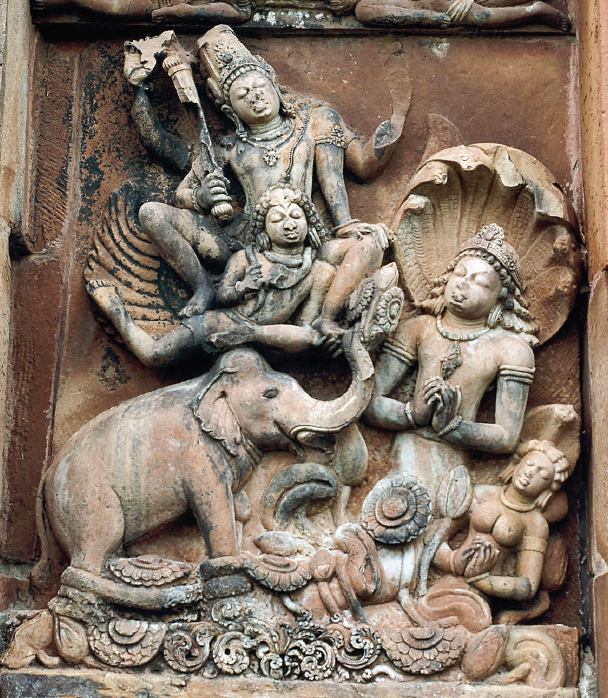What ideas and practices were taught by the founders of Jainism, Buddhism, and Hinduism?

BBy the sixth and fifth centuries B.C.E., cities had reappeared in India, and merchants and trade were thriving. Bricks were again baked in kilns and used to build ramparts around cities. One particular kingdom, Magadha, had become much more powerful than any of the other states in the Ganges plain. Written language had also reappeared.
This was a period of intellectual ferment throughout Eurasia — the period of the early Greek philosophers, the Hebrew prophets, Zoroaster in Persia, and Confucius and the early Daoists in China. In India it led to numerous sects that rejected various elements of Brahmanic teachings. The two most influential were Jainism and Buddhism. Hinduism emerged in response to these new religions but at the same time was the most direct descendant of the old Brahmanic religion.